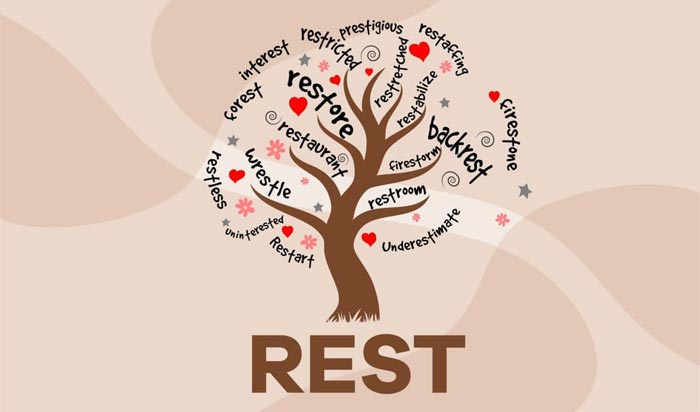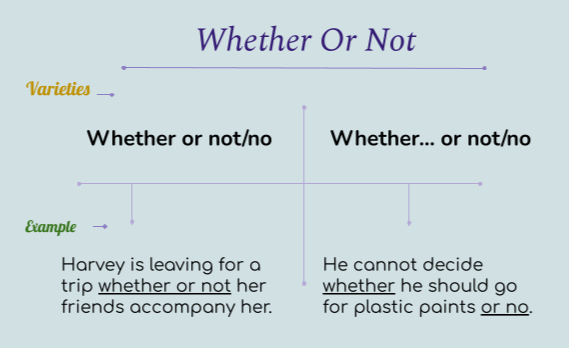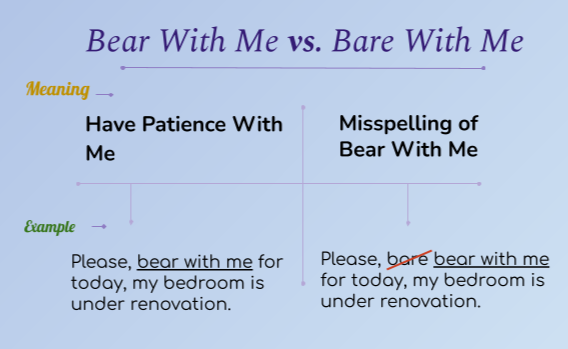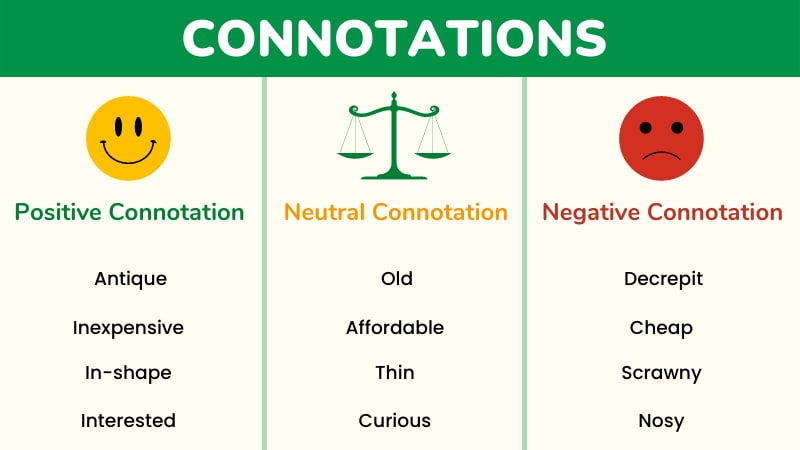Learn New Words With Vocabulary Tree
Learning new words in a language is always a tough job. Mounting the words to be learnt in a relatable order with the help of the graphic resource of a tree eases the process. The tree would house necessary definitions and information about those words so that in a compact graphic scenario all the listed words work better for the learner. All this makes learning new words easy and durable. Learning new vocabulary begets hours of practice over a long period of time.
What is a Vocabulary Tree?

Vocabulary tree is a visual organizer to learn/teach new words in a language. Holding the tree theme constant, the root of it would have the root word or morpheme, branches would have the words that stemmed out of that particular word and the leaves can have short descriptions of each branched out the word.
Vocabulary trees are used in schools to teach new words to children. The method of word formation becomes imminent in the vocabulary tree. The whole mechanism of the words being formed with a root word is portrayed graphically in the vocabulary tree setup.
Vocabulary Tree vs Word Lists
Word list is a list of new words with their meanings in the source language of the learner. These lists are the oldest prop in the language learning book to learn vocabulary effectively. People are used to learning words in lists of manageable size. One or two lists a day. Word lists have been working well for many but putting those lists into a graphically organized form of a tree lets people memorize them more easily.
The graphic element in the vocabulary tree tends to be more effective for the learners as they pick up on the visual cues far easier than normal. One might say listing words in specific orders is one kind of visual cue in itself. But experience will tell you that visual cues consisting of pictures are more effective in this case. Vocabulary tree wins this fight off against the word list.
How to Make a Vocabulary Tree?
Making a vocabulary tree depends on a certain level of expertise in the target language on the creator’s part. The learners aim for a similar level of expertise as well. Taking print-out of the picture of a tree and laminating it will allow you to draw and write on it with a marker over and again. But you can choose to draw your own new tree every time you stick vocabulary to it. Both are valid ways to build your vocabulary tree as long as it works for the learner.
Root word/morpheme at the root of the tree and words having the root word in them are situated on the branches. The leaves may hold the meanings or key facts about the branched out words. The tree theme can be used over and again to have a play at different root words and words that are made out of it. After the learners get a hold of how it works, they can attempt their own vocabulary trees.
Visual Memory
Visual memory implies the visuals that stay stuck in your memory. The sensory perception of what’s seen through the eyes assists memories to form and stick. Research proves that people find it easier to put things into perspective when they see it themselves. The same theory implies when we want something to stay in our cognition for longer. When you see it, you learn it quicker.
You see the spelling of words in a new language but what are words if not a bunch of letters crammed up together? One or two months into vocabulary learning, it starts to get boring and learning spelled out words tends to stick less and less in the memory. There comes the need for visual assistance, it will not only spice things up and make it interesting, it will make learning new words more effective.
Visual memory makes connections to spelled out words with how they connect to one another - spelling wise, while the motif of a tree helps position each word in certain proximity on that graph and it would help position the words in the memory for better memorization. The brain finds it easier to memorize lines and pictures in context or formation than endless combinations of the same set of letters.
Vocabulary Tree: Fun Fact
The most interesting part about vocabulary trees is that you find new words that share a root word you've seen a lot. Funnily enough, they would share a part of the word and nothing else - not meaning, not parts of speech. I mean, stemming out of the same root word does not mean they have to share anything else like the context they are used in.
For example, the root word "spect" can be seen in the words - "respect," "expect" and "suspect" but they cannot be farther away in case of what they mean and/or the context they are normally used in.
Advantages of Learning with Vocabulary Trees
Vocabulary trees are a very effective prop for language learning. Let's look at a few advantages of using them -
- The learners will have a visual cue to remember the newly learnt words with.
- Learners will have a good idea about word formation in the target language.
- Teachers will have to dig deep to create vocabulary trees which will keep them in practice.
- Learners can have the creative authority to mold their tree whichever way is more effective for them.
- Learning new words can be a bit easier than normal with the help of a vocabulary tree.
- Creating these trees can help the maker find new words that stem out of the same root.
Schools for little children as well as language learning academies for adults should make good use of vocabulary trees to get more words into the learners' vocabulary quicker. The more important deal here is that one should use these vocabulary trees so that the new words do enter their brain and stay there for longer along with their meanings and corresponding words they come up with.
Grammar
Read More
- How to Use "Therefore" in Sentences Avoiding Common Mistakes
- How to Use "Whereas" with Examples and Avoid Common Mistakes
- When and How to Use "Thus" Correctly Without Common Mistakes
- How to Use "On the Contrary" Properly with Meaning and Examples
- When and How to Use "Either/Or" with Examples and Common Mistakes to Avoid
- How to Use "On the Other Hand" Effectively without Mistakes
- How to Use "Respectively" with Example and Common Errors to Avoid
- How and When to Use "Moreover" Without Mistakes
- How to Use "Likewise" in Sentences Based on Context & When not to Use
- When & How to Use "Although" in Sentences to Avoid Mistake




